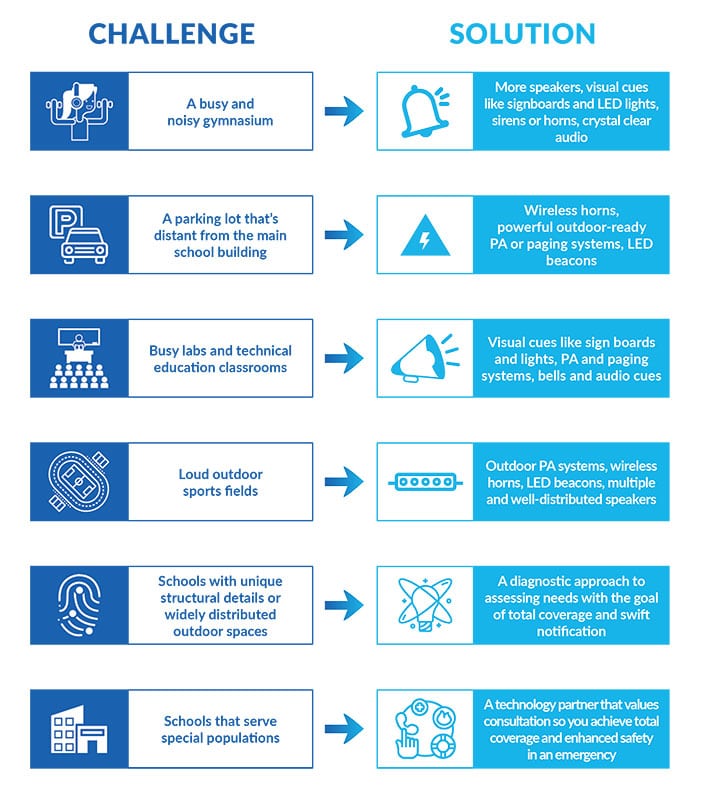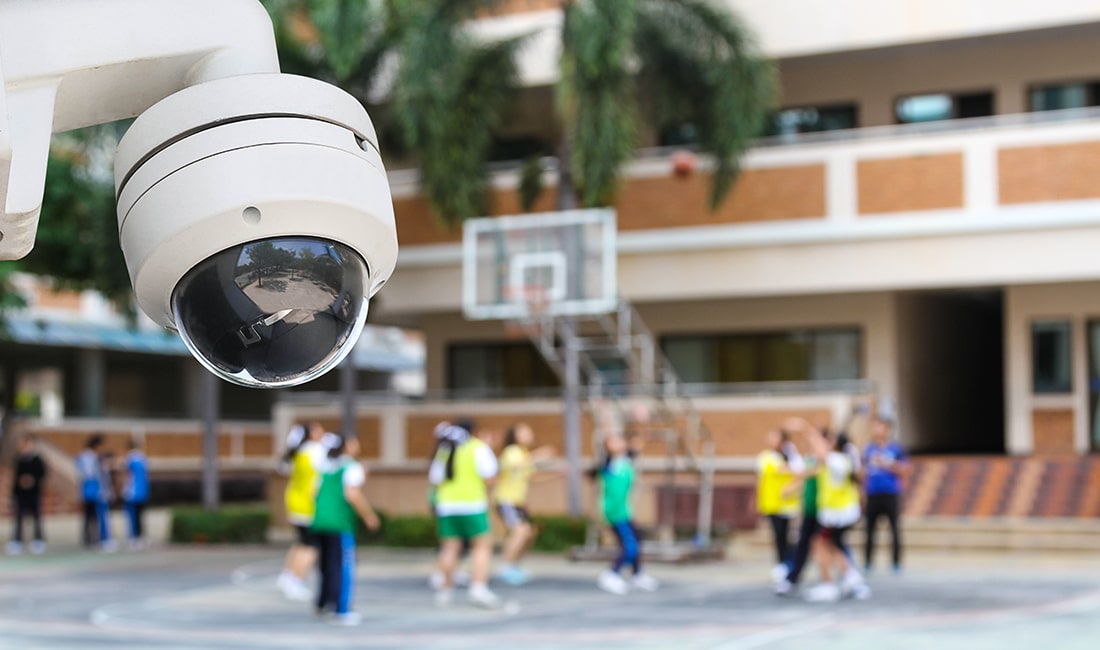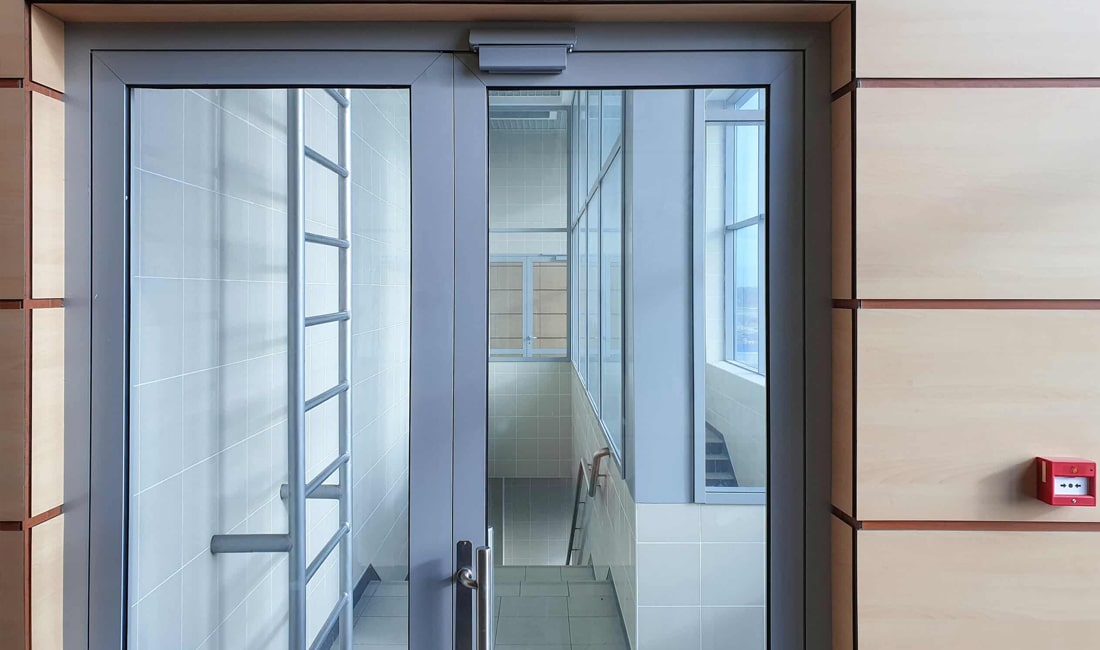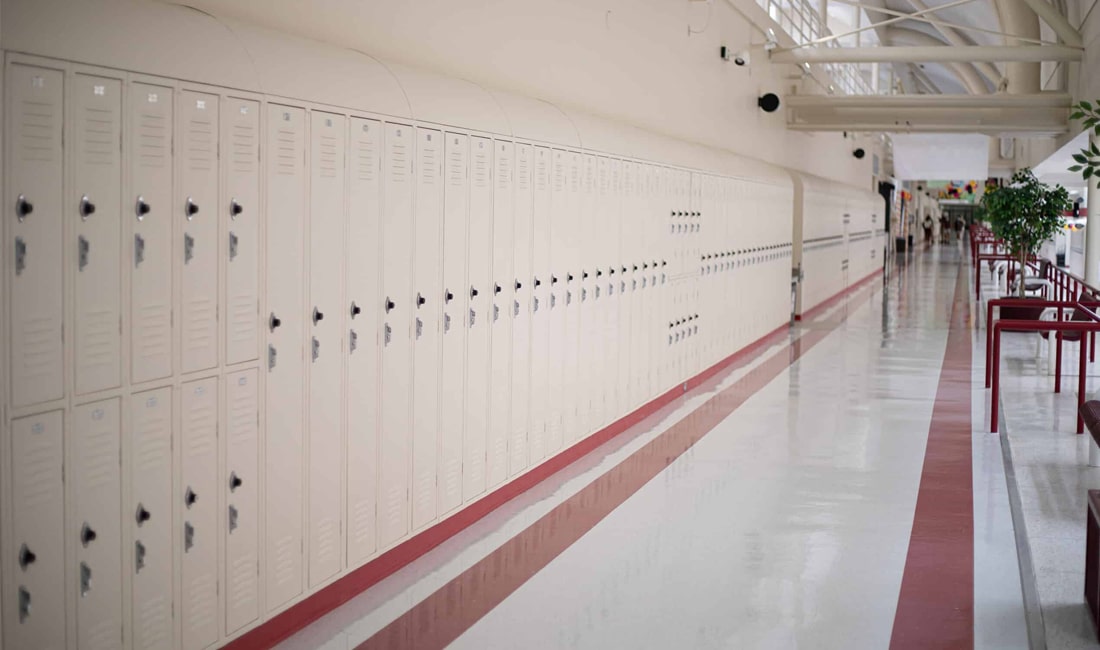School Safety Lessons Learned from the 2022–2023 School Year
While school shooting tragedies continue to flood the headlines of our local and national news outlets (with 16 school shootings this year alone), district stakeholders are doing what they can to prevent such incidents from occurring in their own school communities.
And if you find yourself among those committed to making their school communities safer, we want you to know this: You are not alone in your efforts.
As the school year draws to a close, our team is taking a look back at the school safety and communications lessons we’ve learned. We encourage you to read through the insights we’ve shared below as actionable lessons to help improve your safety profile.
… because when it comes to school safety, we’re all in this together.
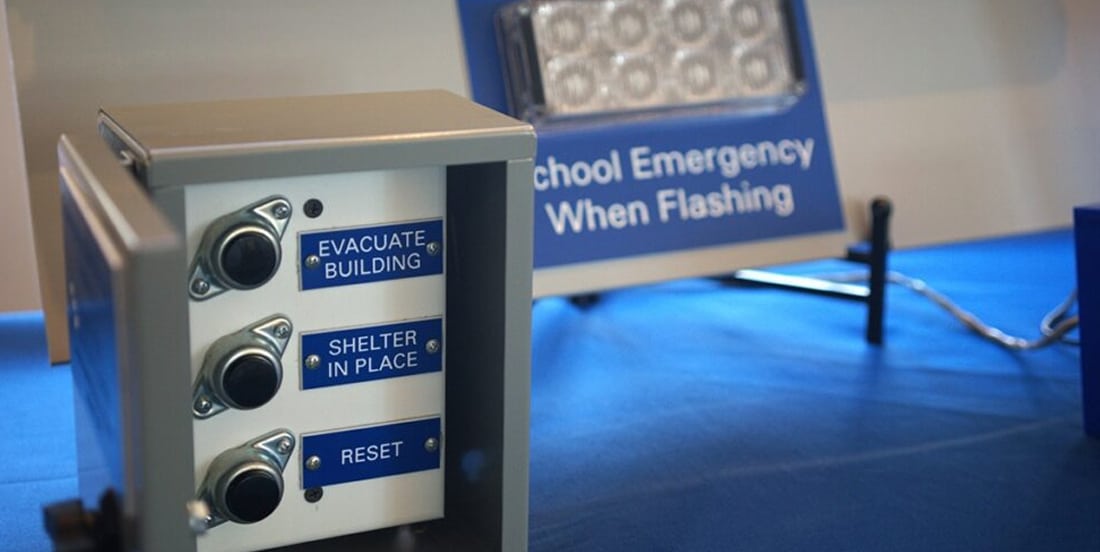
Lesson #1: There Are Lessons to Learn and Common Challenges to Tackle as School Leaders
In the wake of tragedy, what can we really stand to learn from incidents like the one in Uvalde, Texas?
That question is a meaningful one. And our team explored these lessons learned from Uvalde in our seminar, Deconstructing Uvalde: Leveraging Technology for Safer Schools this spring. We reviewed the key takeaways from that series further in a recent blog which you’ll find here.
At Eastern DataComm, we believe that these key learnings can inform schools and districts across the country to enhance the ways they stay connected and protected during an emergency.
If you find after reading these articles that you’re interested in exploring how best to leverage technology to keep your school safe, connect with us. Our diagnostic and consultative approach to school safety and communications technology allows us to tailor solutions to meet the needs of your unique school community.
Lesson #2: Reliance on Apps Alone Is Not Enough to Keep Your School Safe and Secure
This year has shed light on how sole reliance on app-only solutions is simply not sufficient when it comes to emergency notification and response. Though they are one piece of the puzzle, they do not complete the full school safety picture when used in isolation.
In addition to ensuring your campus grounds and buildings benefit from total coverage, it’s vital to create a school safety ecosystem that provides a variety of notifications to address the needs of your school staff, students, parents, and visitors. From enabling substitutes to have a way to receive lockdown notifications to ensuring that students with hearing impairments can receive emergency notifications visually through lights and sign boards, there are so many ways to enhance your school’s ability to respond comprehensively when every moment counts.
This year, in addition to our blog detailing the pitfalls of app-only solutions, we also hosted a webinar called “Why Apps Are Not Enough: How Holistic, Comprehensive Approaches to School Safety Save Lives”, which you can find on our Webinar page here.
The bottom line when it comes to app-only approaches is this: Their shortcomings can be addressed by leveraging other technology solutions working in unison that ensure everyone gets the message and can respond accordingly during an emergency situation.
Lesson #3: Access Control and Video Surveillance Are Vital to School Safety and Security
From controlling who enters your building with access control systems to keeping an eye on your buildings and grounds with video surveillance, there are several noteworthy security technologies that you can use to secure your district or school.
The right access control system can make all the difference, and the same is true of the right video surveillance solution.
And as the next school year draws closer, it may be time for you and your district stakeholders to consider adding these technologies to your school’s safety ecosystem or upgrading existing systems so they’re as effective as possible.
Why focus on these two systems?
Well, aside from their individual benefits, it’s worth noting that these two solutions work together to show where an active threat is located. This empowers law enforcement to be prepared and to respond effectively in the most dire circumstances. You can also integrate these systems with your federally compliant multi-line VoIP phone systems to ensure speedy communication with first responders and emergency services. This is just one more way to take your safety and physical security profile to the next level.
Lesson #4: Don’t Forget That Money to Support Your School’s Safety Is Available
According to Campus Safety Magazine, there is a push for legislation that would increase school safety and security funding. And in the meantime, there are a variety of federal grant programs with open applications.
In fact, Eastern Datacomm shared the details on a number of them earlier this year in one of our recent blogs.
So, if budgetary restrictions are holding you back from making investments to improve your school safety ecosystem, be sure to check out the potential grant opportunities and reach out to our team if you have any questions as you move forward.
Lesson #5: Integration and Technology Systems Working in Unison Are the Future of School Safety and Security
Given all that we’ve learned this school year, it’s very appropriate to spend a moment exploring the benefits of a comprehensive, integrated solution for your emergency notification solution needs.
Our Lockdown and Emergency Notification System and continuous monitoring service, LENS + OPTICS, can augment communications and enhance safety during an emergency. In fact, this solution brings together VoIP phone systems, paging systems, bells and clocks, signboards, and video surveillance to remove the chance for human error and increase your ability to respond quickly and effectively when it matters most.
And you can learn more about why LENS + OPTICS is the emergency notification system that schools rely upon to safeguard their communities by clicking here.
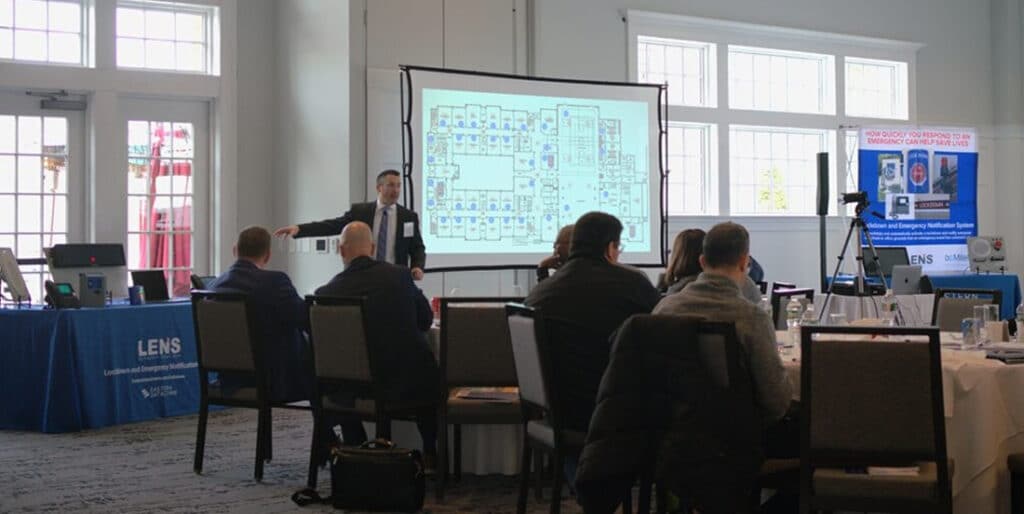
Prepare for Next School Year with Eastern DataComm
Ready to ensure your school or district stays connected and protected next year?
Reserve your complimentary consultation with our team to explore how we can help!



